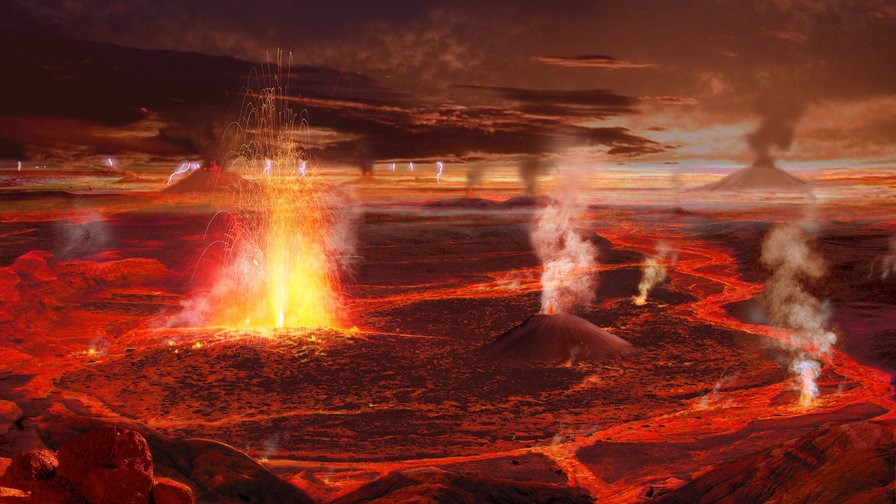
Scientists discover what caused the worst mass extinction in world history
Now scientists discovered how this cataclysm, which took place about 250 million years ago, managed to kill off more than 90 percent of all life on the planet.
The cause of the event was a massive volcanic eruption in what is contemporary Siberia in Russia, known as the “Siberian flood basalts.” What’s remarkable, the eruptions lasted for about one million years.
The extinction affected not only larger animals, decimating about 70 % of them, but also killed 96 % of the world’s marine life, as well as countless insects. It inflicted such a loss of biodiversity that it took another 10 million years for the ecosystem to bounce back.
The geologists aver that the instigating volcanic eruption was so massive that it destroyed the Earth’s ozone layer at the time. They found this by analyzing the composition of the lithosphere ( the hard outer part of the planet), which includes the crust and the upper mantle. Before the Siberian Flood Basalts happened, the Siberian lithosphere featured much chlorine, bromine, and iodine, all chemicals from the halogen group. Notably, breathing gas containing these elements is highly toxic and results in death. But after the volcanic eruption, these elements seemingly vanished.
"We concluded that the large reservoir of halogens that was stored in the Siberian lithosphere was sent into the earth's atmosphere during the volcanic explosion, effectively destroying the ozone layer at the time and contributing to the mass extinction. This event, also known as the “Permian-Triassic extinction.”
 English
English Arabic
Arabic


